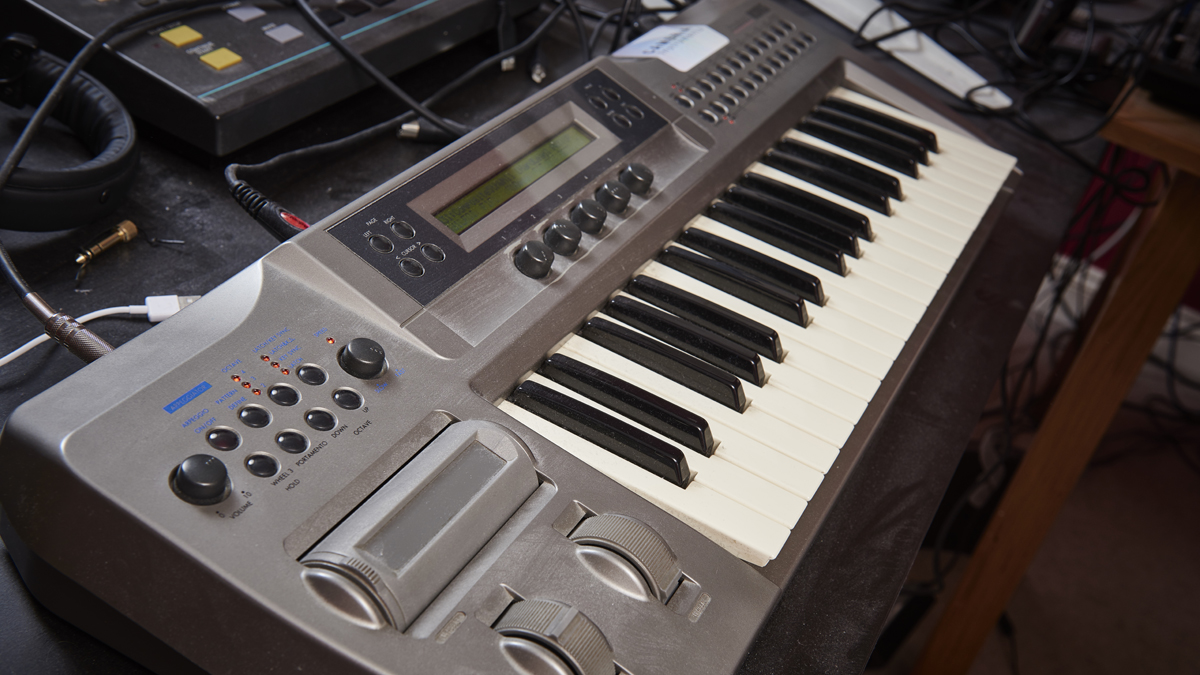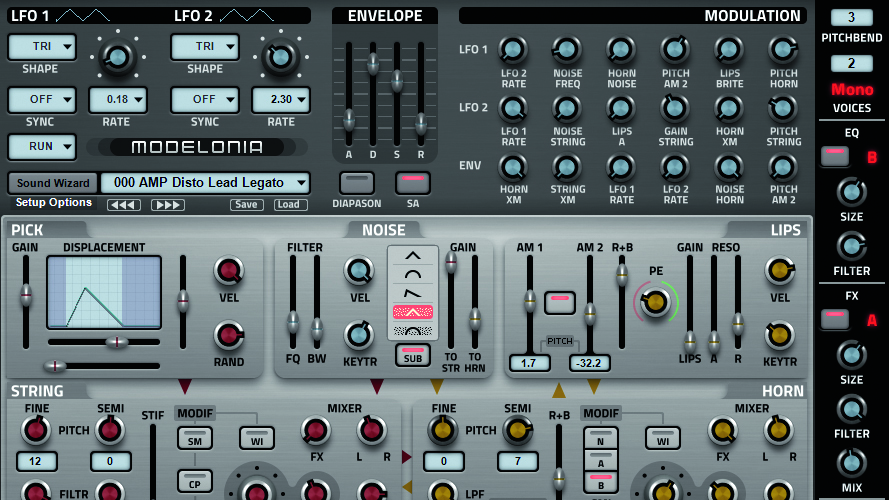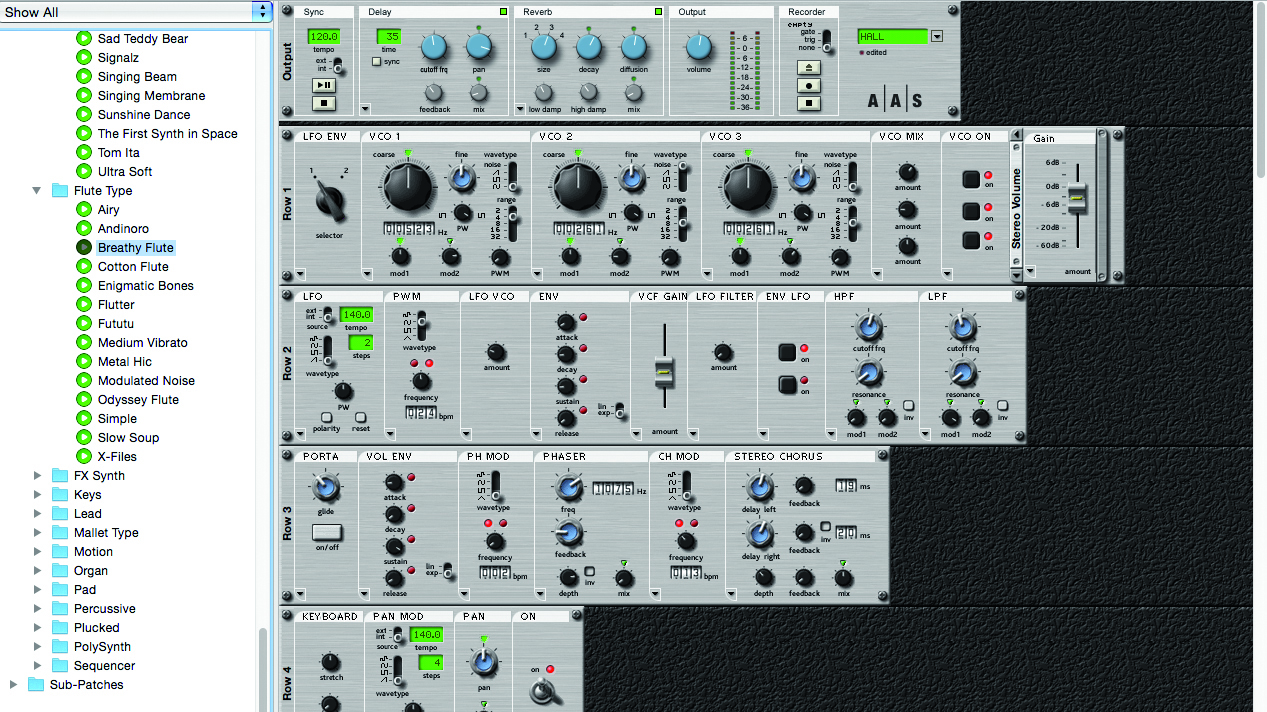Blast from the past: Korg Prophecy
A single-voiced synth with multiple personalities, this diminutive dynamo helped kickstart the virtual analogue revolution but added a twist all its own

Long-time readers could be forgiven for taking virtual synths for granted. After all, they were among the very first plugins to appear, and are commonly provided as freeware by software developers. From simple single-oscillator bass synths to elaborate emulations, virtual analogue synths are now readily available.
Back in 1995, however, things were quite different. Analogue synthesizers were old hat, long abandoned by players who’d grown weary of their simplistic sound and manufacturers who preferred to annually regurgitate a growing glut of menu-driven ROMplers. Those longing for the hands-on control and raw, electronic sound of an analogue instrument were forced to take their chances in the secondhand market.
Still, as the '90s picked up steam, skint electronic musicians began using these dusty old darlings to produce an ever-growing catalogue of dancefloor hits. Their cutting waveforms and tweakable panel controls made analogue synths the ideal tools for performers.
Instrument makers took note and began looking to exploit this renewed interest in all things analogue. E-MU stuffed a Proteus module full of vintage synth samples, while Roland tried to recapture hands-on control by attaching a slider-laden front panel to a ROMpler.
Korg, however, had determined that it was all about performance. In a bold move, they revived the analogue monosynth. Dubbed Prophecy (surely referencing the Prophet-5), their new instrument offered a truncated velocity- and aftertouch-sensitive keyboard alongside left-hand controls that included pitch and mod wheels alongside the infamous ‘log’, a keen horizontal cylinder that combined mod wheel-like action with a pressure-sensitive ribbon. Further mod options were provided by a quintet of assignable knobs just under the angled front-panel display – also used during programming.
All of these physical controls were housed in a custom moulded enclosure of that tacky silver plastic that was popular in the '90s. With its smooth curves and red backlit buttons, it resembled a funky Cyberman on Doctor Who.
Hidden beneath that weird shell was an equally unusual architecture. Entirely software-based, the Prophecy derived its power from Korg’s mysterious OASYS system. In this instance, it provided the aforementioned virtual analogue voice, predictably consisting of dual analogue oscillators, multimode resonant filter, envelope generators, LFOs and some built-in effects. An arpeggiator was also provided, though there was no proper sequencer.
Get the MusicRadar Newsletter
Want all the hottest music and gear news, reviews, deals, features and more, direct to your inbox? Sign up here.
Familiar analogue models weren’t the only options. Indeed, the Prophecy provided no less than 13 different oscillator types, with the most notable being variations on 4-operator FM and acoustic modelling of string, brass and woodwinds. When combined with the instrument’s expressive controllers, these models could be made to sound quite realistic.
Programming the Prophecy was daunting, especially given the menu-driven architecture and then-unfamiliar modelling technology. But that didn’t stop it from being used by everyone from Autechre to Ozric Tentacles. Still affordable on the used market, it’s only now seen for the groundbreaking instrument it was.
Three great plugin alternatives
Madrona Labs Kaivo

VA synths are everywhere, but acoustic modelling is harder to come by. However, the maestro behind Aalto and the Soundplane controller offer this instrument that combines Buchla-styled analogue synthesis with acoustic modelling in a flexible semi-modular package. Emulating a Prophecy is a stretch, but it shares that experimental spirit.
NUSofting Modelonia

When it comes to acoustic modelling, few developers can match NUSofting. Their exotic offerings expand on real-world sounds, taking the technology to new and often inspiring places. Modelonia is an ideal example, offering a hybrid architecture that combines plucked-string and blown-bore models. Well worth taking a look.
Applied Acoustics Systems Tassman

AAS is a master of modelling, acoustic and otherwise, and in fact, their former flagship, Tassman, combined acoustic and analogue models in a freely patchable modular environment. Though development has ceased, you can still get it from the developer if you really want it. And why wouldn’t you?


Computer Music magazine is the world’s best selling publication dedicated solely to making great music with your Mac or PC computer. Each issue it brings its lucky readers the best in cutting-edge tutorials, need-to-know, expert software reviews and even all the tools you actually need to make great music today, courtesy of our legendary CM Plugin Suite.










